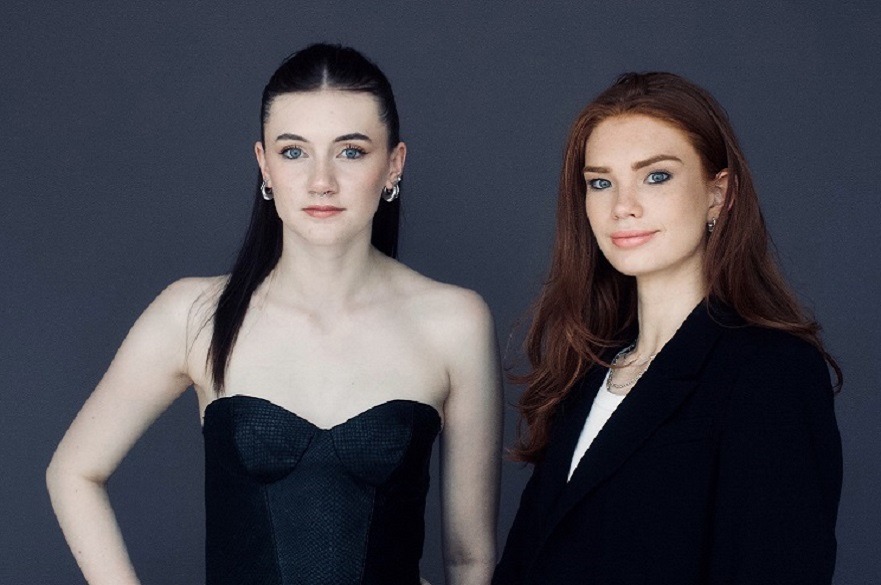A corset made from real fish skin aims to deliver a message about sustainability from a Nottingham Trent University student.
Beatrice Hill, a fashion design student, created the garment using salmon skin which had been treated and turned into leather as a message about fast fashion and the environment.
The 22-year-old – who has also made a fish leather belt bag – wanted to show that using by-products of the food industry is more sustainable than faux materials.
Beatrice, who is a vegetarian, bought the material from a specialist supplier which normally provides fish leather for handbags and wallets.
As part of the project, she created her own fish leather by treating the skin with natural substances, including glycerine and water, and cleaning the material with an eco-lemon washing up liquid to remove the odour.
Beatrice, originally from Pott Shrigley in Cheshire, said: “Research shows that creating fake leather is worse for the planet in terms of carbon emissions than using materials that are otherwise ethical and sustainably available.
“A lot of good quality fish skin – which is sustainably farmed – is thrown away, but could be put to use.
“The world is not going to stop eating fish any time soon, and so it’s reasonable for by-products of the food industry to be used in this way.
“As my collection is about journeys, I chose to use salmon skin.
“All of the fish skins I treated in this project were sourced from the bin of a fishmongers which only sells sustainably farmed fish.
“In other parts of my collection, I used leather made from lamb skin, which was otherwise being thrown away.
“It’s all about using waste.”

The corset – which is intended to be worn as an outer garment – was made with ten fish skins which were roughly 60 centimetres long and sewn together as panels.
Like normal leather, the seams were hammered down and not ironed to avoid the leather shrinking.
The final material appears seamless on the outside and has a slightly rough surface which is a result of the scales being removed.
The inside has been lined with lamb leather.
Beatrice chose to create a corset because of her love of corsetry and how the garment can allow women to express themselves.
But unlike traditional corsets, it’s not designed to be tight-fitting
Instead, it’s intended to be complemented by a skirt that pushes out at the hips to exaggerate the female shape.
Lee Mattocks, Senior Lecturer in Fashion Design at Nottingham Trent University, said: “Beatrice has communicated a powerful and important message here in relation to clothing and sustainability, particularly as a vegetarian herself who cares for animals.
“By creating a fish leather corset, made entirely from ethically and sustainably farmed fish, she is demonstrating how beautiful garments of almost any kind can be made from by-products of the food industry, with a minimal impact on the environment.”
Lead image: Lucas Mayo

